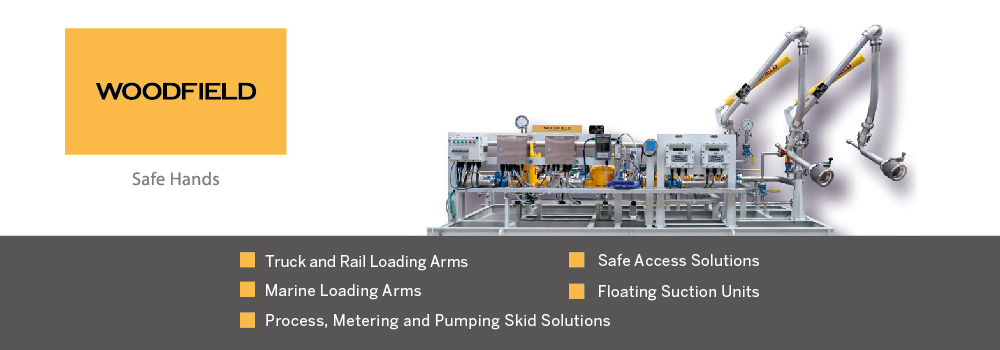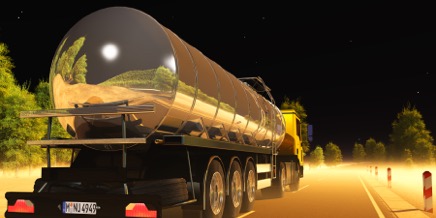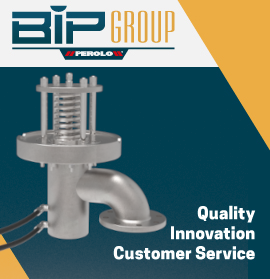Deaths lead to more scrutiny of tank cleaning operations
In August 2020, two workers entered a natural gas tanker on a railcar in Hugo and fell victim to vapours.
Their deaths, among those of 36 workers in the transportation and tank cleaning industry reported across the extended region since 2016, have been investigated by the US department of Labour’s Occupational Safety and Health Administration.
To reduce the risks faced by tank cleaning workers, OSHA has established a Local Emphasis Programme, or LEP, to raise awareness among employers in region 6 (Texas, Arkansas, Louisiana, New Mexico and Oklahoma) and region 5 based in Chicago.
Transportation tanks – on trucks, trailers or railcars – require cleaning and inspection before they are refilled for transport. Workers who clean tanks between uses risk exposures to toxic vapours from chemicals, decaying crops, waste and other substances, and to asphyxiation, fires and explosions.
“All too often, employers allow workers to enter tanks without testing atmospheric conditions, completing confined space entry permits or providing adequate respiratory protection,” said OSHA regional administrator Eric Harbin in Dallas. “Companies with active safety and health programmes that train workers to identify hazardous conditions and use required protective measures can prevent serious and fatal injuries.”
Brian Bolinger, vice president of environmental health and safety for Quala, said the company has long recognised the importance of safety when it comes to confined space entry. “We aren’t overly stressed by this (LEP). We have procedures, programmes and the culture in place,” Bolinger said. “We are the leader in the industry. We have the most experience and the most resources.”
Quala operates tank cleaning services in more than 80 locations throughout North America, including an operation in northeast Oklahoma City that it acquired in May from Kraft Tank Corp.
The LEP covers much of the company’s footprint because 40 percent of the locations are in Texas and Louisiana, Bolinger said. “We can’t always clean a tank without entry. We’d prefer not to enter, but sometimes it’s required,” he added.
An example is when a hardened product is on the bottom of the tank and cannot be removed without scraping and shovelling.
“Quala’s staff chemists determine what is needed to properly clean each tank. Hot water and a powerful spinner mechanism may do the trick. Other times chemical agents are needed,” Bolinger said.
The majority of Quala’s facilities do average-risk level cleaning, he said. When it comes to high-hazard situations, which require a higher level of personal protective equipment, customers must ship the tank to one of the high-hazard cleaning locations.
“LEPs operate on the carrot-and-stick approach,” said Michael Bowling, a labour attorney with Crowe & Dunlevy.
“The focus is on the safety of the workers, the cleaning equipment and the process used. Companies found to be in violation of safety standards could receive anything from a warning for a small issue up to criminal charges for repeat or reckless failures,” Bowling concluded.
For more information visit www.quala.us.com
13th December 2021

















